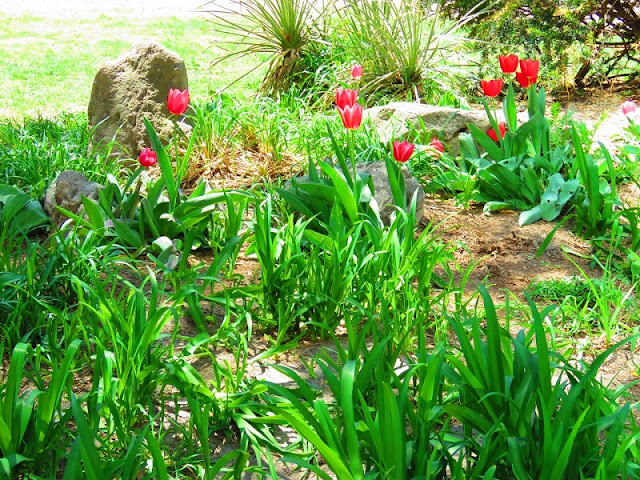The Joy of Heirlooms
Antic seeds offer gardeners a lush, colorful alternative
Unable to grow the kind of zucchini or zinnias that abounded in your grandfather's garden? Perhaps you yearn for the juicy tomatoes you recall as a child. If so, then join the growing number of gardeners who have discovered the joy of cultivating antique crops.
Every year, backyard gardeners, historic-site groundskeepers, and a few mall-order companies make available their stock of antique or heir-loom seeds. Many of them have been kept by the same family for as many as 150 years.
Modern gardening emphasizes compact plants with dense foliage and multipetaled flowers. That means that owners of historic homes can't rely on modern hybrids for their gardens if they are stickers for historical accuracy. For example, Old Sturbridge Villlage, Mass., offers Lady's Slipper seeds, that are kissing cousins of today's New Guinea impatiens. But the Lady's Slipper grows to nearly 3 feet and produces beautiful salmon and white flowers. Another example is the Seed Savers Exchange in Decorah, Iowa, which promotes the preservation of rare vegetable varieties, as antique plants provide a wealth of variation in colors, flavors, petal habit, and plant height. Anytime something is kept for 150 years in the same location, it usually develops a natural resistance to pests and disease.
Experts recommend that gardeners start by growing beans and tomatoes, which are among the heartiest antique varieties. One favorite, the Brandy-wine Tomato, has unusual potato-leaved vines and produces medium-size fruit with thick, meaty walls and fine flavor. Another standout, the vigorous Scarlet Runner Bean, is a hit with antique gardeners because it attracts hummingbirds with its ornamental red flowers.
Keep in mind, however, that not all antique seeds are prize-winners – at least when it comes to disease and pest resistance. For example, novice gardeners should avoid some antique cucumber varieties because they are susceptible to bacterial wilts.
 |
| Antique seed garden. Photo by Elena. |
When to Fertilize Your Vegetable Plants
Side-dressing is simply a mid-season fertiliaer boost. Here are the vegetables that require it:
- Asparagus – before growth starts in spring, and after harvesting to promote fern growth.
- Beans – No need to side-dress.
- Beets – No need to side-dress.
- Broccoli – Three weeks after transplanting.
- Cabbage – Three weeks after transplanting.
- Carrots – No need to side-dress.
- Cauliflower – Three weeks after transplanting.
- Cucumbers – At stand-up stage, just before they start to run.
- Eggplant – When plants start to blossom.
- Kale - Four weeks after planting.
- Lettuce – No need to side-dress.
- Muskmelon – At stand-up stage, just before they start to run.
- Onions – Four weeks and six weeks after planting.
- Peas – No need to side-dress.
- Peppers – When plants start to blossom.
- Spinach – No need to side-dress.
- Squash – At stand-up stage, just before they start to run
- Tomatoes – When plants start to blossom
- Turnips – No need to side-dress.
- Watermelon – At stand-up stage just before they start to run.
No comments:
Post a Comment
You can leave you comment here. Thank you.